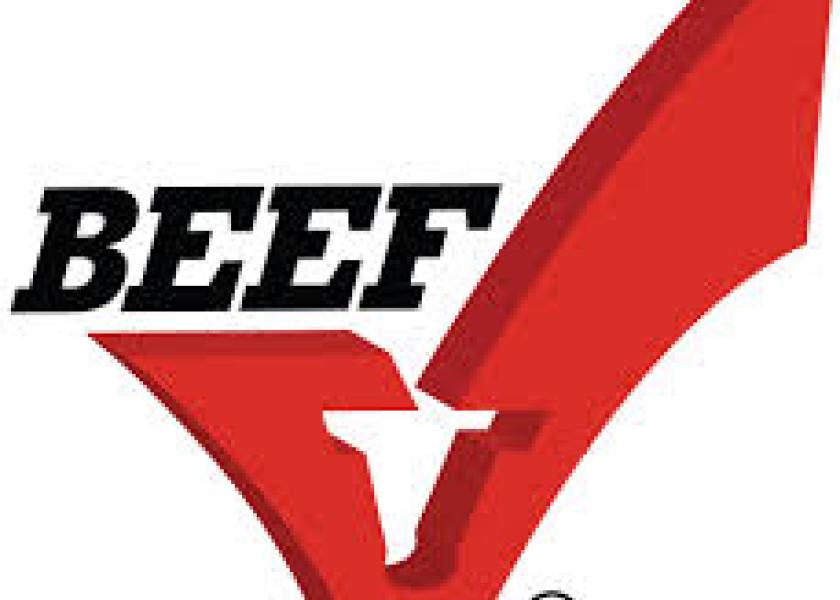Greg Hanes: Beef Checkoff: The Decision Makers – Part 2

The following commentary is the second of two parts from Cattlemen's Beef Board CEO Greg Hanes.
The Beef Checkoff was designed by producers, for producers, to build value by focusing on key areas of research and promotion to drive demand for our beef around the world. But who decides where checkoff dollars are best utilized?
The decision-making works with one simple purpose in mind – producers and importers making decisions to fund programs and activities that enhance their bottom lines. As it should be – it’s only right that those with skin in the game are the ones who make the funding decisions.
Simply Producer-Driven
As I described last month in “The Reality of the Beef Checkoff,” there are layers of processes and procedures in place to ensure that decisions are producer-driven at both a local and national level and that checkoff dollars are invested according to strict and specific parameters. This decision-making is mandated through the Beef Promotion and Research Act, and USDA has been delegated authority by Congress to ensure this happens.

Greg Hanes
Producer and importer representation and involvement are at the heart of the Beef Checkoff. It is through joint committee efforts between the Cattlemen’s Beef Board (CBB) and the Federation of State Beef Councils that producers can formally have their say in how Beef Checkoff dollars are invested each year.
Certified beef industry organizations nominate individual beef producers and importers to the Secretary of Agriculture for appointment to the CBB. The Secretary then selects individuals from those nominations, with the number of producers in each state determined by the cattle numbers in their state. In 2020, there will be 99 members of the CBB Board. Those members have the opportunity to serve on CBB checkoff committees, CBB administrative committees, the evaluation advisory committee, as well as the Beef Promotion Operating Committee (BPOC).
One of the most important roles for CBB Board members is to participate on CBB checkoff committees, which are comprised of 20 CBB members and 20 members of the Federation of State Beef Councils. These committees are created to match up with key goals that were determined by the industry Long Range Plan (LRP). These committees are Export Growth, Consumer Trust, Innovation, Safety and Nutrition and Health. Over several meetings throughout the year, qualified contractors present preliminary projects and ideas (Authorization Requests) to these checkoff committees, who then score each of the projects, provide comments and feedback, and request revisions to ensure the projects are as efficient and beneficial to the industry as possible. The updated projects and the committee feedback are then submitted, along with other evaluation results, to the BPOC.
BPOC members all go through an intense screening and interview process by fellow producers and importers before they are appointed. It is a very competitive process, which is conducted each year, with many more applicants than seats. Each September, the BPOC (comprised of 10 CBB members and 10 members of the Federation of State Beef Councils) reviews and hears presentations on all the Authorization Requests (ARs) by the qualified contractors.
Total amounts requested by the contractors are typically much higher than the available funds, so the BPOC must determine which projects to fund (or not to fund). This September, for example, the BPCO reviewed nearly $51 million in funding requests and allocated about $40.9 million into programs of beef promotion, research, consumer information, industry information, foreign marketing and producer communications for fiscal year 2020.
A two-thirds majority is required to approve any project, so those projects which appear to provide the best return to the industry are approved for funding. This proposed budgeting plan is then submitted to the full board for approval. If approved by the full board, the budget, ARs and contracts are finally submitted to USDA for approval.
Collaboration
It’s a well-defined, layered and structured process, full of checks and balances, all of it geared toward ensuring that your voices are heard, and that cattlemen and women benefit from the work that is done with Beef Checkoff dollars.
This decision-making process fosters collaboration among stakeholders in the industry, ensuring that all decisions are made with strong rationale.
For many, the best place to get involved is by attending CBB and qualified state beef council meetings. Meetings are open to the public, and all are encouraged to attend. To become a member of the Cattlemen’s Beef Board, a producer should work with a certified nominating organization in their specific state, region, or unit.
Producer-driven. As it should be. When it comes to the Beef Checkoff, those with skin in the game make the investment decisions and benefit from those investments.
Related stories:
Greg Hanes: The Reality Of The Beef Checkoff
Visit DrivingDemandForBeef.com for more information on the Beef Checkoff, Cattlemen’s Beef Board, Qualified State Beef Councils, and Beef Checkoff contractors.







